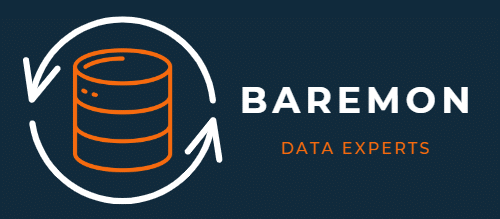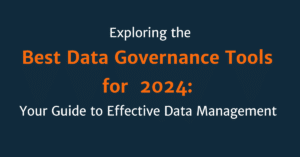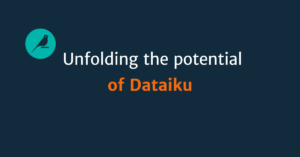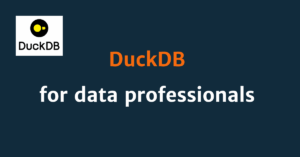Introduction
In the ever-evolving landscape of data management, choosing a database system is crucial for companies looking to optimise their operations and increase their competitive advantage. But with so many options vying for your attention, the selection process can feel overwhelming.
Fear not, data warrior! As your trusted advisory partner, we’ll guide you through the top 10 databases of 2024 to help you make informed decisions and chart a data-driven course for success.
Let’s now take a look at the most popular databases, according to the February 2024 DB Engines ranking, to understand their importance and unique features. You can easy compare the ranking with May 2023.
Top databases 2024
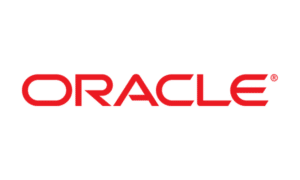
1. Oracle
- Type: Relational Database Management System (RDBMS)
For business-critical enterprise applications, Oracle is still the undisputed king.
Its advanced security, robustness, scalability and deep integrations are perfect for large-scale transactions, complex queries and extensive data warehousing, making it ideal for the financial, retail and telecoms sectors.
However, its complexity and cost can be prohibitive for smaller organisations.

2. MySQL
- Type: Relational Database Management System (RDBMS)
This open source champion is the first choice for web applications and smaller projects.
It supports a wide range of programming languages and is a popular choice for startups and SMEs, especially for web development and e-commerce sites, due to its affordability, flexibility, ease of use and vibrant community.
However, the limits of scalability become apparent with larger data sets.
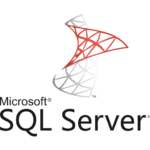
3. Microsoft SQL Server
- Type: Relational database management system (RDBMS)
SQL Server, which dominates the Windows world, is characterised by its seamless integration with other Microsoft products and is ideal for business intelligence.
It offers a comprehensive data solution with advanced analysis options, machine learning and robust security functions. SQL Server is suitable for organisations that require extensive reporting and analytics capabilities.
But the licence costs and vendor lock-in can be a deterrent.

4. PostgreSQL
- Type: Relational Database Management System (RDBMS)
For organisations looking for flexibility and community support, PostgreSQL is an excellent choice. It is known for its open source nature, its extensive indexing techniques and its support for complex queries.
Its PostGIS extension makes it great for applications that require geographic data storage, making it a popular choice for location-based services and applications, but the learning curve can be steeper than its competitors.

5. MongoDB
- Type: Document-oriented database
MongoDB is one of the leading NoSQL databases designed for storing large amounts of data. Its document-orientated structure enables flexible schema design and supports dynamic, agile development practises.
It is ideal for applications that require fast iterations and the processing of different data types, such as content management systems and mobile applications.
However, as there are no strict schemas, careful planning and expertise are required.
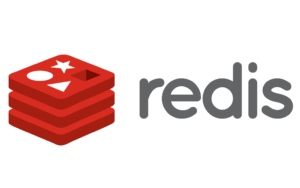
6. Redis
- Type: Key-value database
Redis is known for its speed and efficiency and serves as an in-memory data structure store used as a database, cache and message broker.
Redis supports data structures such as strings, hashes, lists and sets, making it versatile for real-time applications such as game leaderboards and session management.
However, the reliance on in-memory storage requires complementary solutions for data persistence.

7. Elasticsearch
- Type: Search engine
Elasticsearch’s rise in the rankings is a sign of its growing importance in the field of search and analytics. When it comes to unlocking the power of search and data exploration, Elasticsearch is number one.
It has complex search functions, visualisation and analysis capabilities and can process petabytes of data. Its real-time indexing and scalability make it indispensable for analysing log and event data, as it provides insights into big data in near real-time.
However, its complexity requires specialised knowledge.
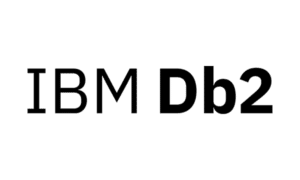
8. IBM DB2
- Type: Relational Database Management System (RDBMS)
Although IBM DB2 has dropped slightly in the rankings, this hybrid hero is thriving in large organisations, especially those using hybrid cloud environments.
DB2 is tailored for large-scale transactions and analytical operations and offers robust data management and analytics capabilities. Its security, stability and integration with IBM tools make it a compelling choice for enterprise giants.
It is widely used in high-volume industries such as banking, healthcare and insurance.

9. Snowflake
- Type: Relational Database Management System (RDBMS) / Cloud Data Warehouse
The growing popularity of Snowflake reflects the increasing acceptance of cloud-native data warehousing solutions.
Snowflake’s unique architecture, which separates compute and storage, enables scalable and efficient data processing. Its compatibility with SQL and support for semi-structured data types such as JSON make it a powerful tool for data warehousing and big data analytics.
Its ease of use and pay-per-use model make it attractive, but potential vendor lock-in and costs must be considered.
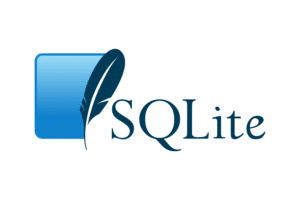
10. SQLite
- Type: Embedded Relational
Even though it has slipped down the rankings slightly, don’t underestimate the power of small!
SQLite is a lightweight, disc-based database that doesn’t require a separate server process, making it perfect for embedded applications, mobile apps and small to medium websites.
The emphasis is on simplicity, reliability and the ability to work with minimal setup.
However, this simplicity also comes with limitations in terms of scope and complexity.
Conclusion
While companies are mastering the complexity of data management in 2024, the observed shifts in the ranking of popular databases emphasise the dynamics of the industry.
While old hands like Oracle, MySQL and Microsoft SQL Server maintain their dominance, emerging players like Elasticsearch and Snowflake, Databricks ((#17) and Google BigQuery (#19) are signalling the evolving trends in data analytics, cloud-native architectures and unified analytics platforms.
Keeping abreast of these developments and evaluating database solutions based on your unique requirements and strategic goals will help organisations position themselves for success in an increasingly data-driven world.
Choosing your database ally
The optimal database depends on your specific requirements. Our team of experienced consultants can help you make the right choice by considering factors such as
– Data structure: Relational for structured data, NoSQL for flexibility.
– Scalability: How much data do you need to process and how fast?
– Performance: Do you need real-time speed or complex analyses?
– Budget: Open source vs licenced costs and maintenance requirements.
– Community support: Do you need a helping hand?
Remember, the Dataverse is huge and this guide is just the beginning. Work with us to explore, experiment and select the database that supports your data-driven journey.
Get in touch with us today to discuss your unique data requirements and find out how we can use our expertise to help you navigate the ever-evolving data landscape.
